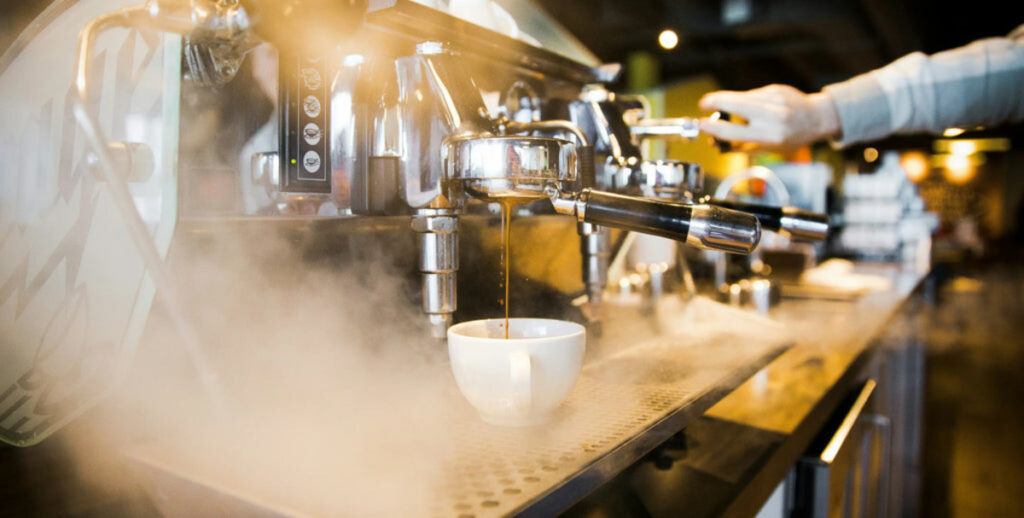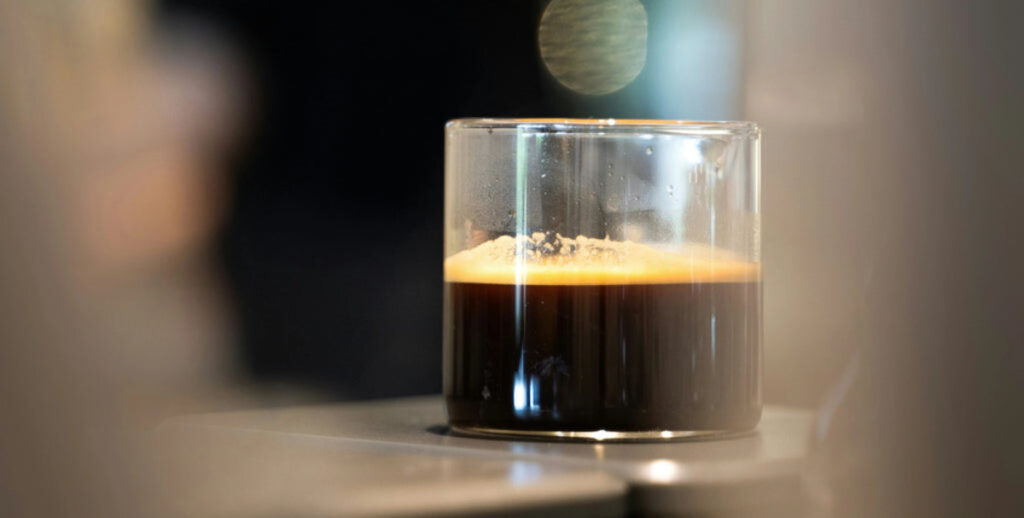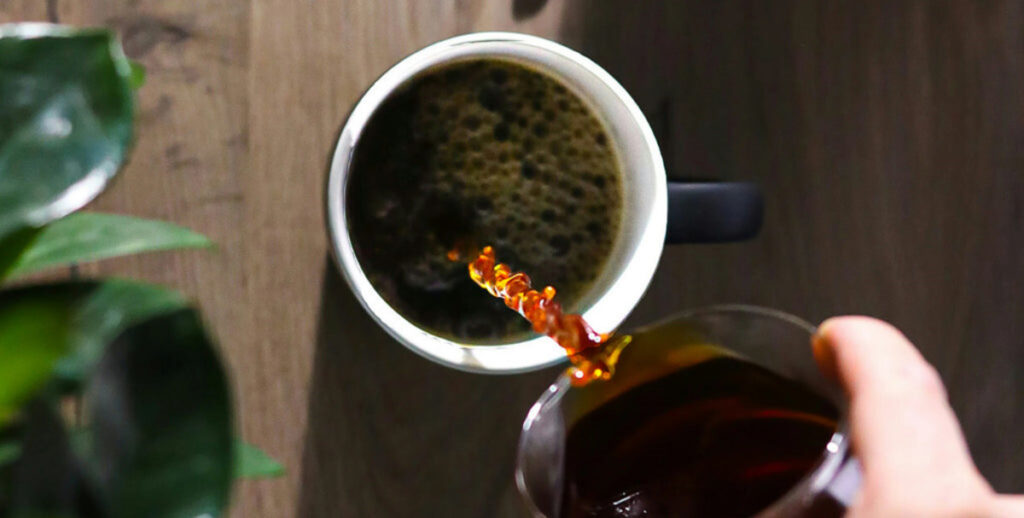As you sip on your favorite espresso, have you ever wondered exactly how much caffeine you’re consuming with each shot? Knowing the caffeine content can help you manage your intake, especially if you’re aiming to avoid any unwanted side effects like the dreaded jitters or sleepless nights. Let’s take a closer look at the caffeine content in a shot of espresso and what factors influence it.
Caffeine Basics: Understanding the Stimulating Effect

Caffeine is a naturally occurring stimulant found in coffee beans, tea leaves, and cacao. It’s widely consumed across the globe and known for its ability to enhance alertness, focus, and energy. When caffeine enters your bloodstream, it blocks a substance called adenosine, which makes you feel sleepy. By doing so, it increases the levels of other chemicals in the brain that help improve your mood, reaction times, and help keep tiredness at bay.
While caffeine is mostly associated with coffee, it’s also present in tea, energy drinks, and even chocolate, contributing to the energizing effects we experience. For most people, moderate caffeine intake is perfectly safe, but like anything, too much can cause unwanted side effects.
The Basics of a “Shot” of Espresso

If you’re a fan of espresso, you’re probably familiar with the term “shot,” but what does it actually mean? An espresso shot refers to the small, concentrated amount of coffee that’s produced when hot water is forced through finely ground coffee beans under pressure. This creates a bold and flavorful coffee experience in just one ounce (about 30 milliliters) of liquid.
A standard shot of espresso typically contains about 63 milligrams of caffeine, though the amount can vary due to several factors, which we’ll explore shortly. To pull the perfect shot, baristas fine-tune the grind size, water temperature, and extraction time to ensure the right balance of flavor and caffeine.
How Much Caffeine Is in a Shot of Espresso?

While a shot of espresso is small in volume, it’s packed with caffeine. On average, you can expect about 63 milligrams of caffeine in a single shot. However, this amount can fluctuate, ranging anywhere from 30 to over 100 milligrams depending on various factors like the type of beans, grind size, and even how the espresso machine is set up.
What Affects the Caffeine Content in Espresso?
Several factors can influence the amount of caffeine in your espresso shot:
The Type of Coffee Beans
The type of coffee beans you use can make a big difference in how much caffeine is in your shot. For example, Robusta beans generally have about twice the caffeine content of Arabica beans. The region where the beans are grown can also impact the caffeine content, as higher elevations tend to produce beans with more caffeine.
The Roast Level
It’s a common misconception that darker roasts contain more caffeine. In reality, lighter roasts actually have a slightly higher caffeine content, as the longer roasting process can burn off some of the caffeine. So, if you’re looking for a slightly stronger espresso shot, lighter roasts may give you a better caffeine kick.
Grind Size and Tamping
The size of the coffee grounds and how tightly they are packed (known as tamping) into the espresso portafilter can impact the extraction and, consequently, the caffeine content. A finer grind and a tighter tamp generally result in a slower extraction, which can lead to higher caffeine levels in the final shot.
Water Temperature and Volume
The temperature and volume of water used during the extraction process also play a role in caffeine content. Hotter water can extract more caffeine, and using slightly more water can help extract more as well, though there’s a balance to strike to avoid over-extraction, which could result in a bitter taste.
Espresso vs. Regular Coffee: Which Has More Caffeine?
Many people assume that espresso has significantly more caffeine than regular coffee, but that’s not always the case.
Espresso: More Concentrated, But Smaller Serving
A single shot of espresso (1 ounce or 30 milliliters) contains about 63 milligrams of caffeine, while an ounce of regular drip coffee has only about 12-16 milligrams. So, per ounce, espresso is much more concentrated in caffeine.
Coffee: Larger Serving, More Caffeine in Total
An average 8-ounce cup of coffee typically contains around 95 milligrams of caffeine, which is higher than a single shot of espresso. However, because espresso is consumed quickly and has a more intense flavor, it can feel like a stronger caffeine boost even though the overall amount might be less compared to a full cup of coffee.
Espresso Drinks: Caffeine Adds Up Quickly
If you’re enjoying a latte or cappuccino, keep in mind that these drinks usually contain two or more shots of espresso. This means that the caffeine in these drinks can quickly exceed the caffeine content of a regular cup of coffee.
To manage your caffeine intake, it’s important to consider both the strength and the total volume of the beverage you’re consuming.
Factors That Affect the Caffeine in Your Espresso
Several variables in the espresso-making process can affect how much caffeine ends up in your cup:
Espresso Machine Pressure
Espresso machines use pressure to push water through the coffee grounds. Most machines operate best at around 9 bars of pressure. If the pressure is too high, the espresso may taste bitter and contain more caffeine; too low, and the espresso might be weak with less caffeine.
Brewing Time (Extraction Time)
The brewing time also impacts caffeine content. A typical espresso shot takes around 20-30 seconds to brew. If it’s brewed for too long, the coffee can become bitter, and you’ll extract more caffeine. Too short, and the shot may taste sour and contain less caffeine.
Barista’s Expertise
The skills of the barista are just as important as the machine itself. A good barista knows how to adjust the grind, tamp the grounds properly, and monitor the brewing process to ensure that the shot has the right balance of flavor and caffeine.
How Caffeine Affects Your Health
While moderate amounts of caffeine are generally safe for most people, it’s important to know your limits and how caffeine can impact your health.
Safe Caffeine Limits
Experts recommend that most adults limit their caffeine intake to 400 milligrams per day, which is roughly equivalent to four to five cups of coffee or about 6-7 shots of espresso. However, individual tolerance varies, so it’s crucial to listen to your body and adjust your consumption accordingly.
What Happens If You Have Too Much Caffeine?
Consuming too much caffeine can lead to side effects such as:
- Jitters or restlessness
- Increased anxiety or irritability
- A rapid heartbeat
- Upset stomach
- Headaches
- Trouble sleeping
If you experience any of these symptoms after drinking espresso or other caffeinated beverages, it may be a sign to cut back.
Long-Term Health Effects
Excessive caffeine consumption over time can contribute to long-term health issues, including:
- Increased risk of acid reflux or stomach problems
- Chronic sleep disruptions
- Nutrient deficiencies if caffeine replaces meals
- Dependence or addiction, leading to withdrawal symptoms when reducing intake
While moderate caffeine consumption is safe for most people, it’s important to pay attention to how it affects you and make adjustments if necessary.
Know Your Espresso’s Caffeine Better
A shot of espresso contains about 63 milligrams of caffeine, but this amount can vary depending on several factors, including the type of beans, the grind, and how it’s brewed. While a regular cup of coffee often has more caffeine than a single shot of espresso, the concentrated nature of espresso can give you a stronger caffeine boost in a smaller serving. By understanding the factors that affect caffeine content, you can enjoy your espresso in a way that’s both satisfying and healthy. Keep track of your intake to stay within safe limits, and most importantly, enjoy your coffee!






